





































































































Diploma Studio 10 is back with 21 talented architecture students from 4th and 5th year working on the Brief01:Fractals. Here is an overview of their experiments so far after 4 weeks of workshops.
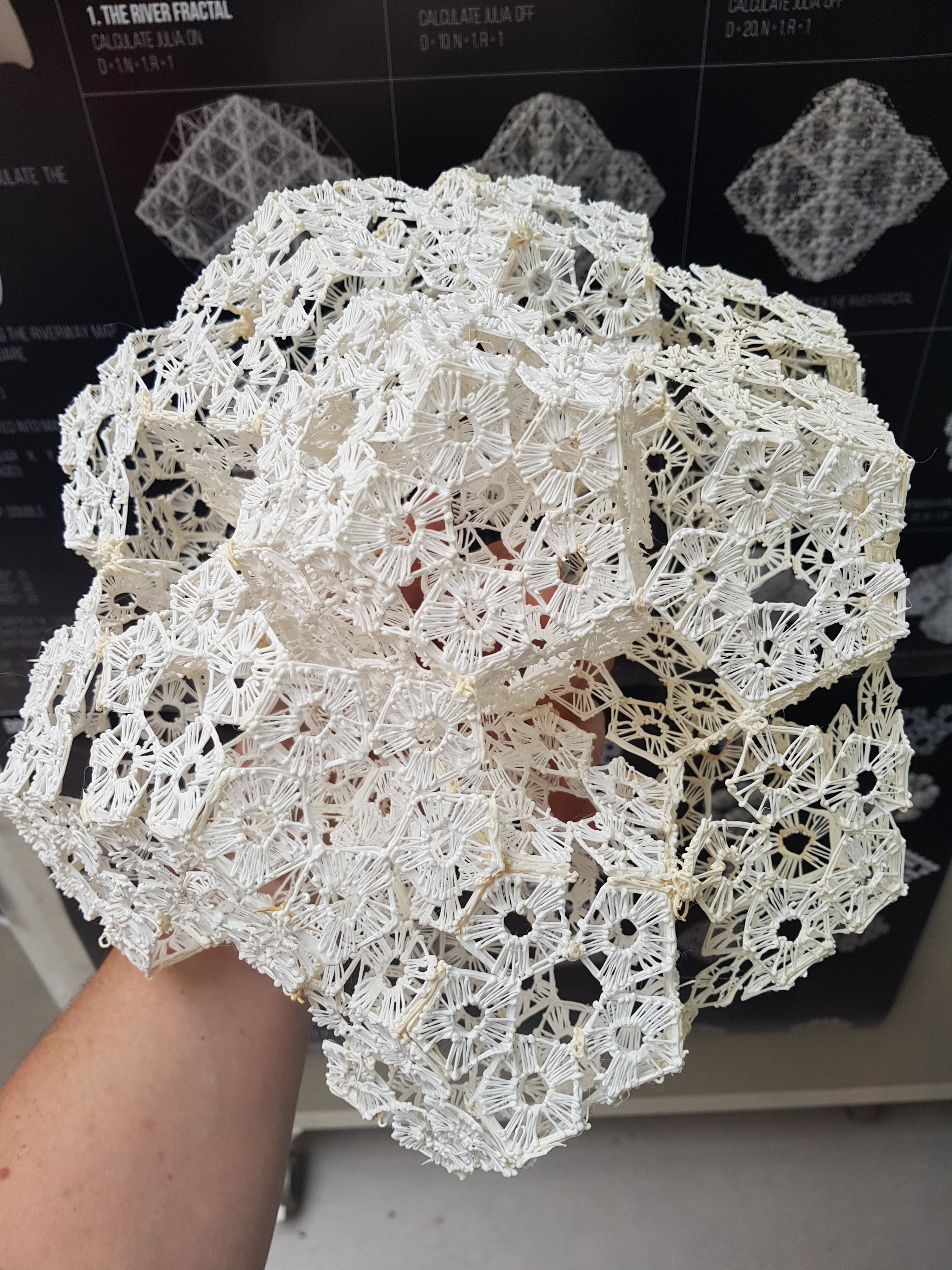
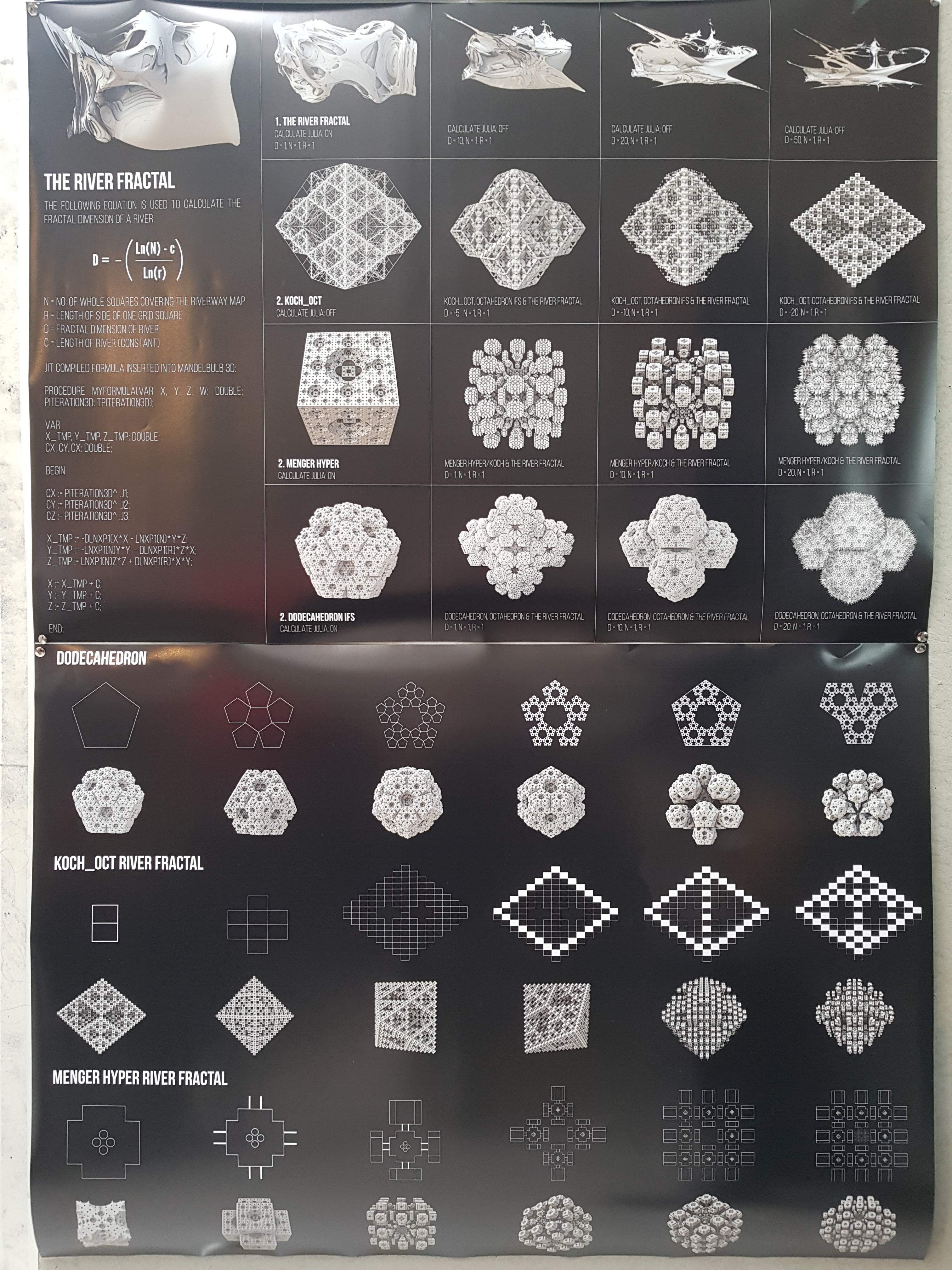
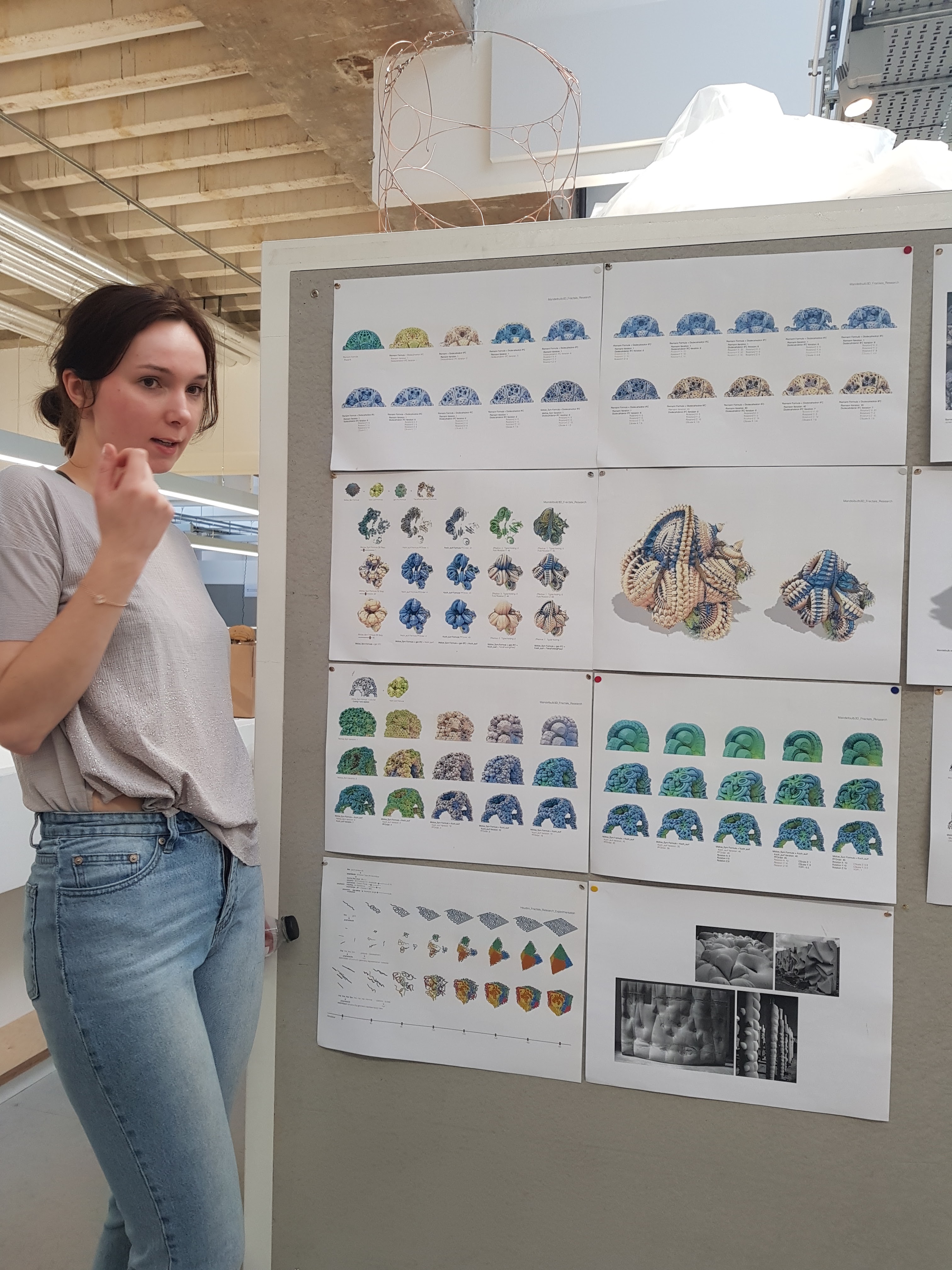
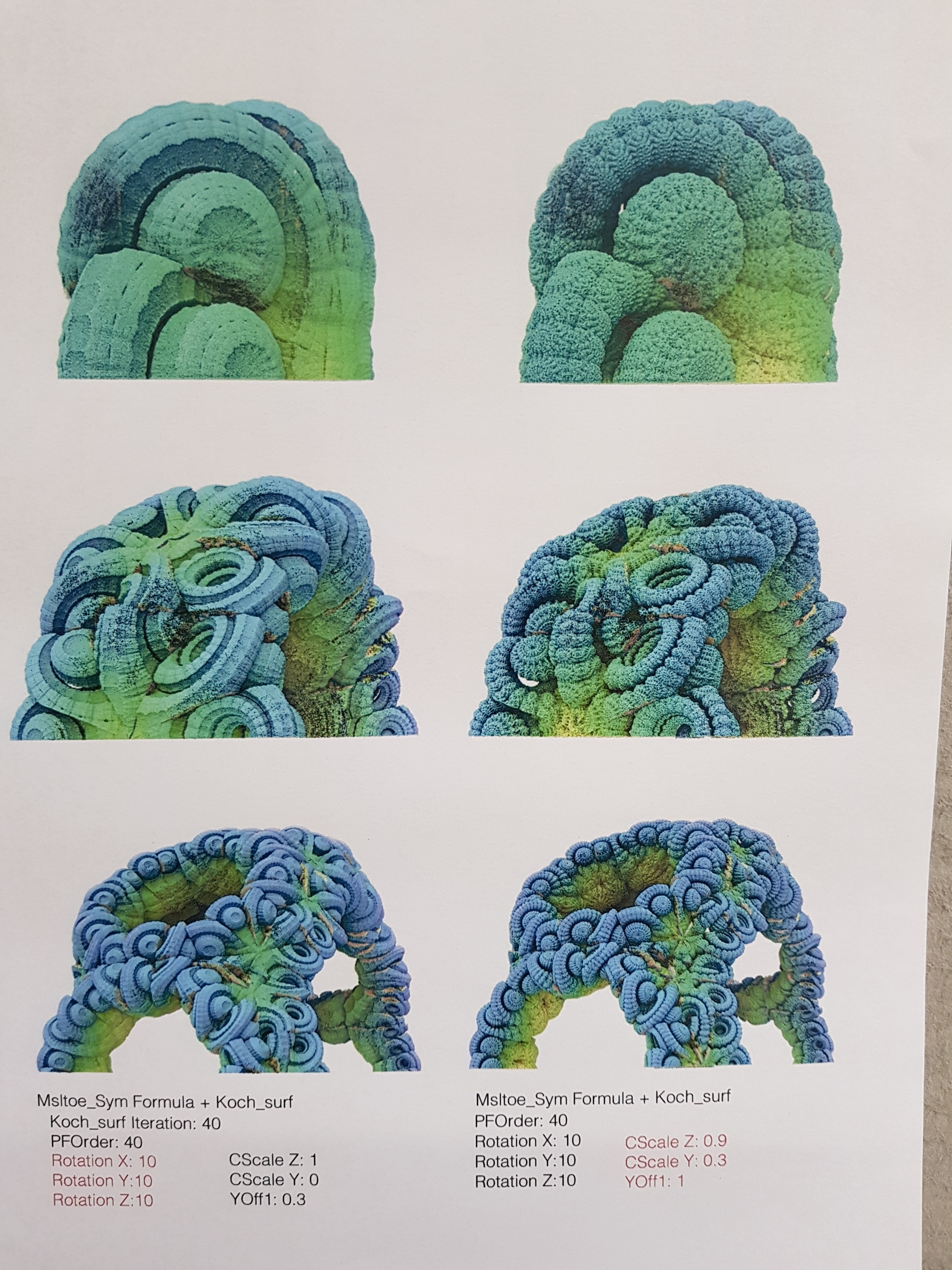
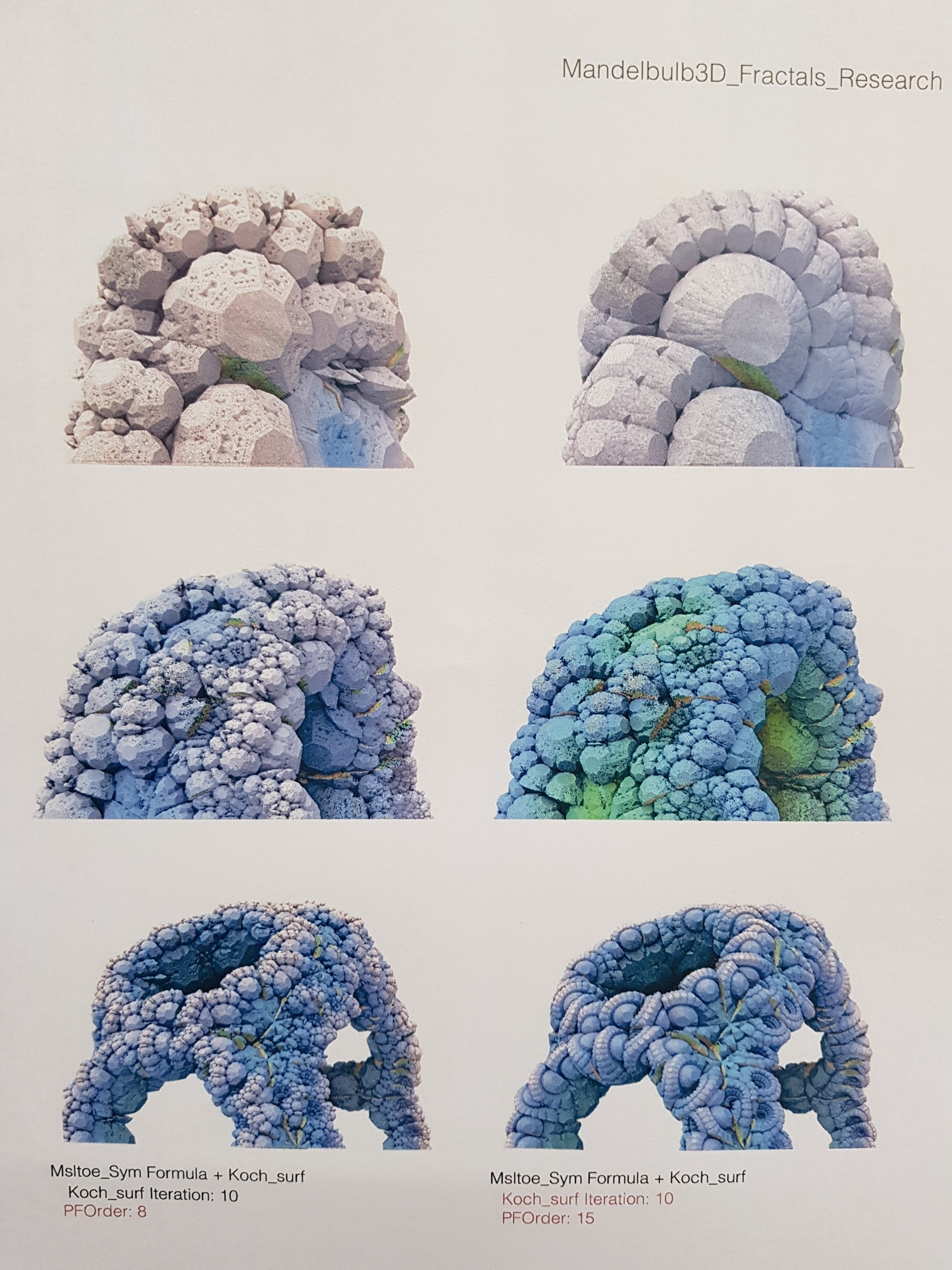
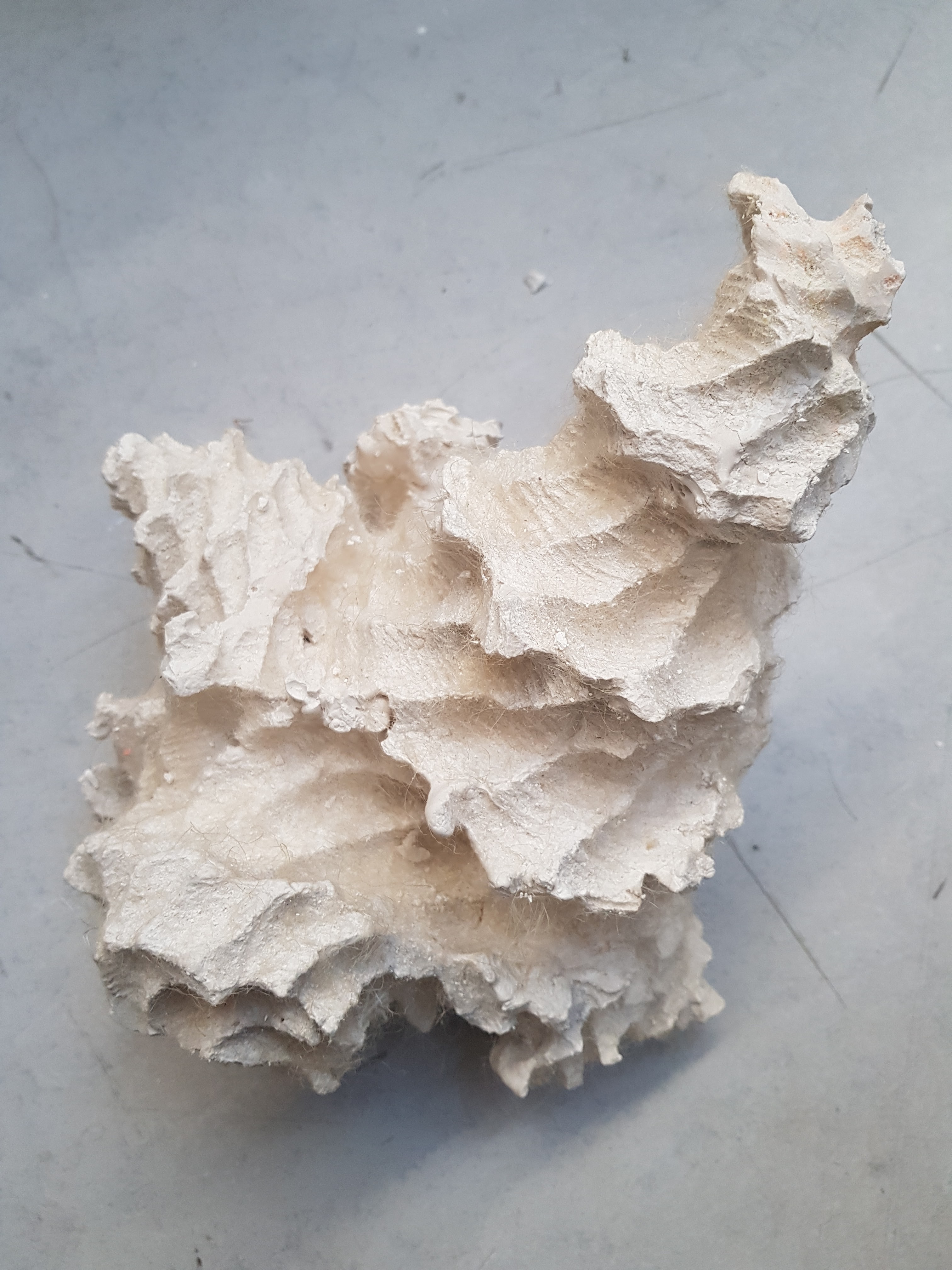
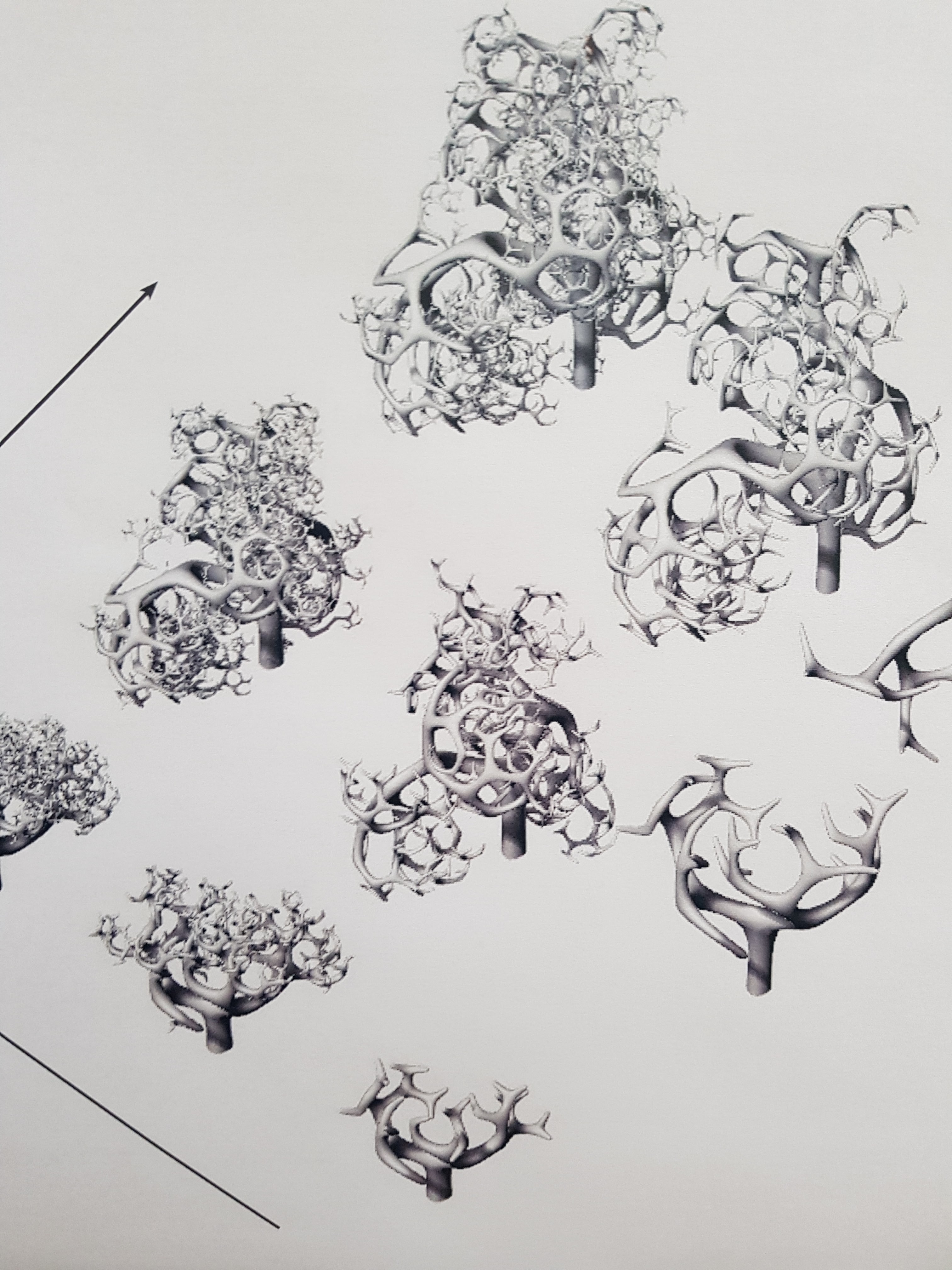
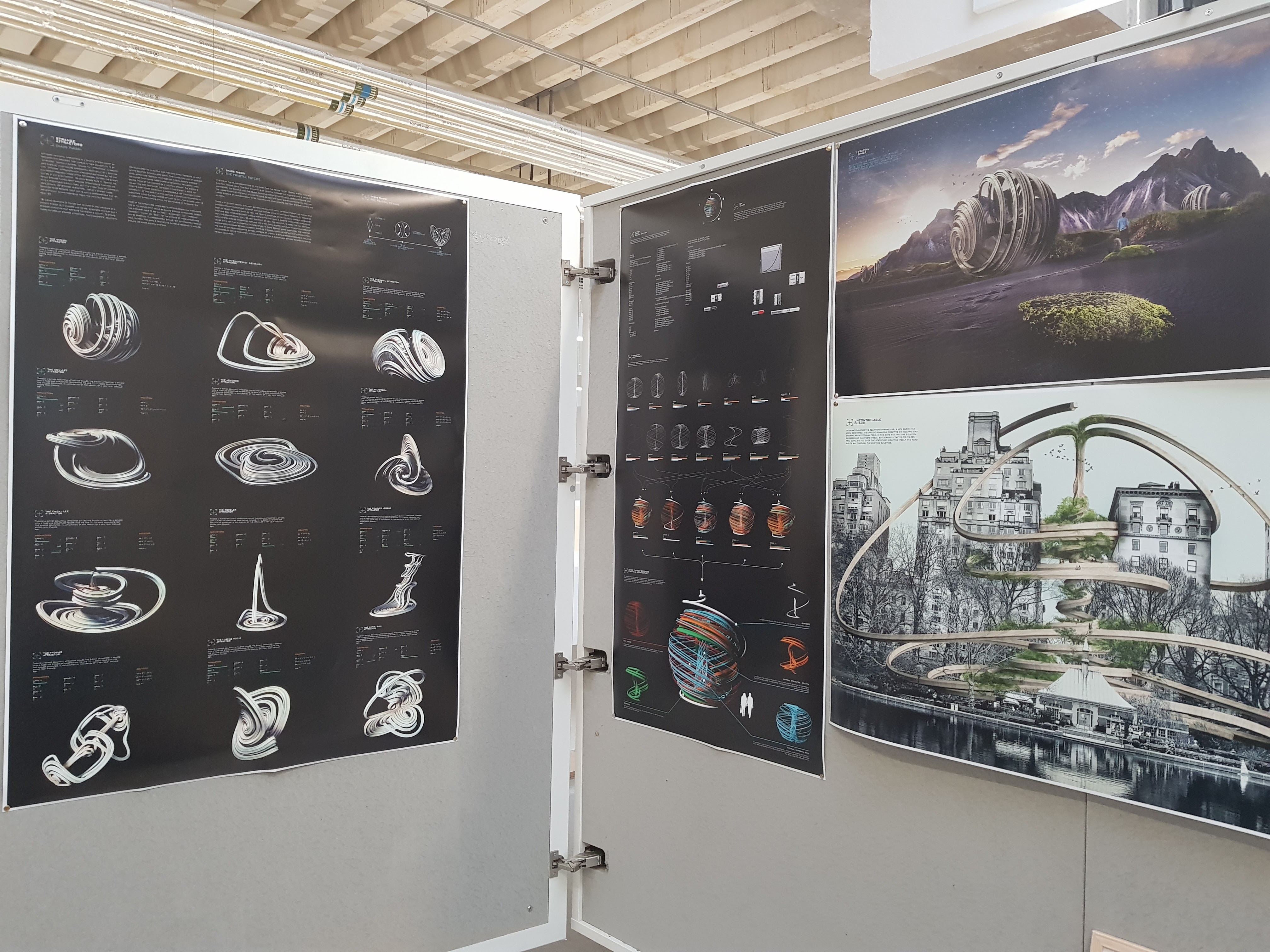
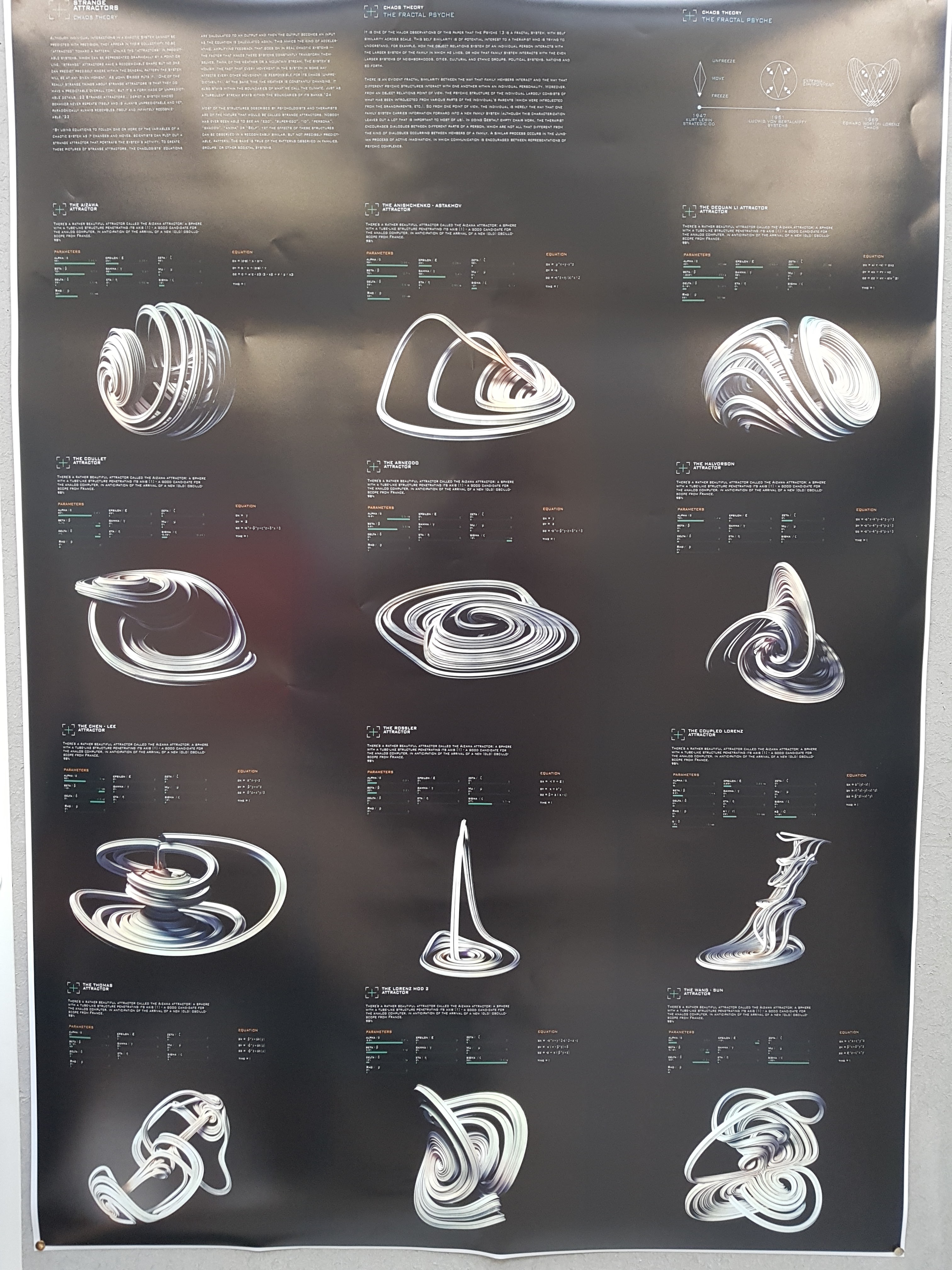

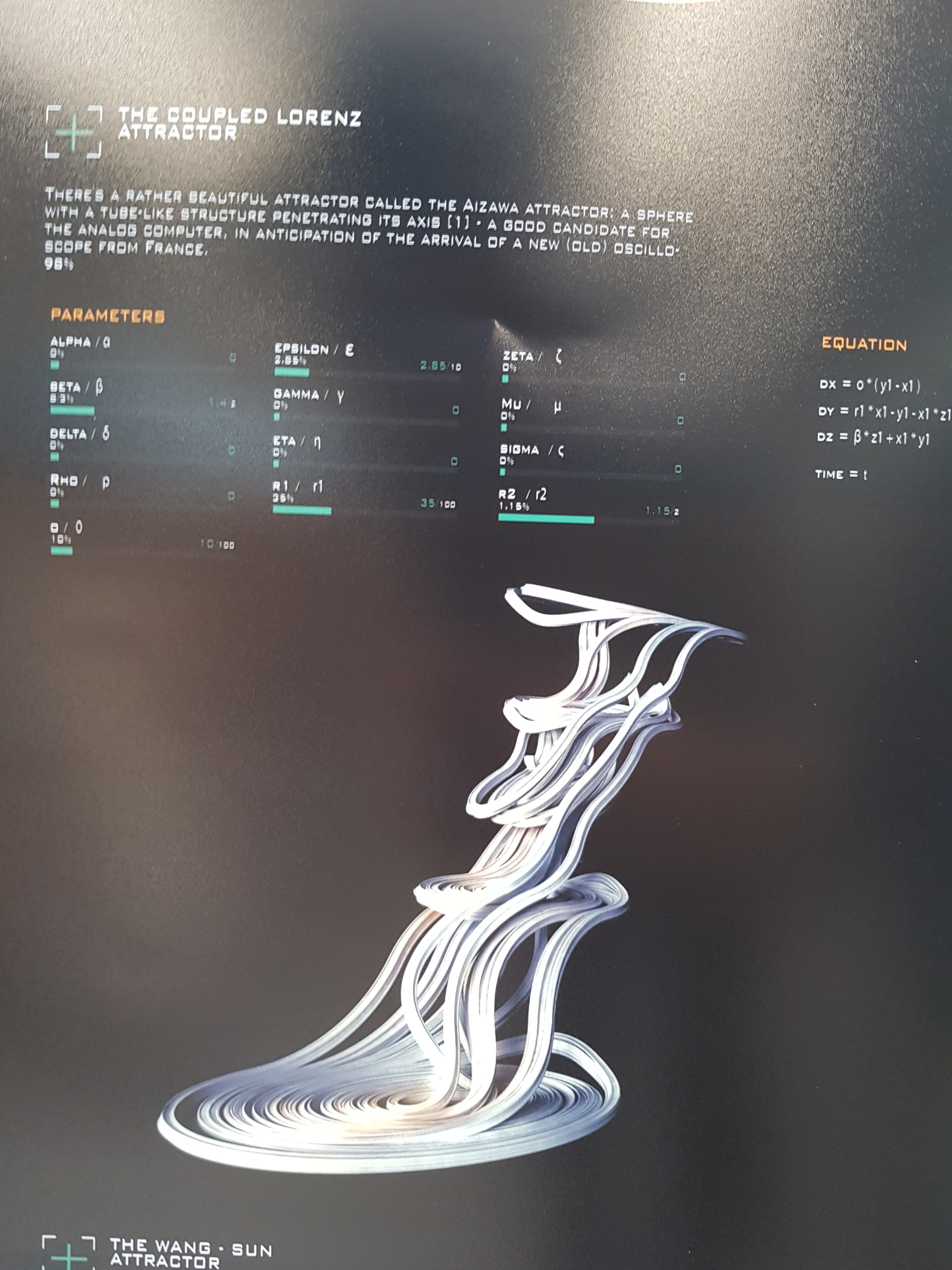

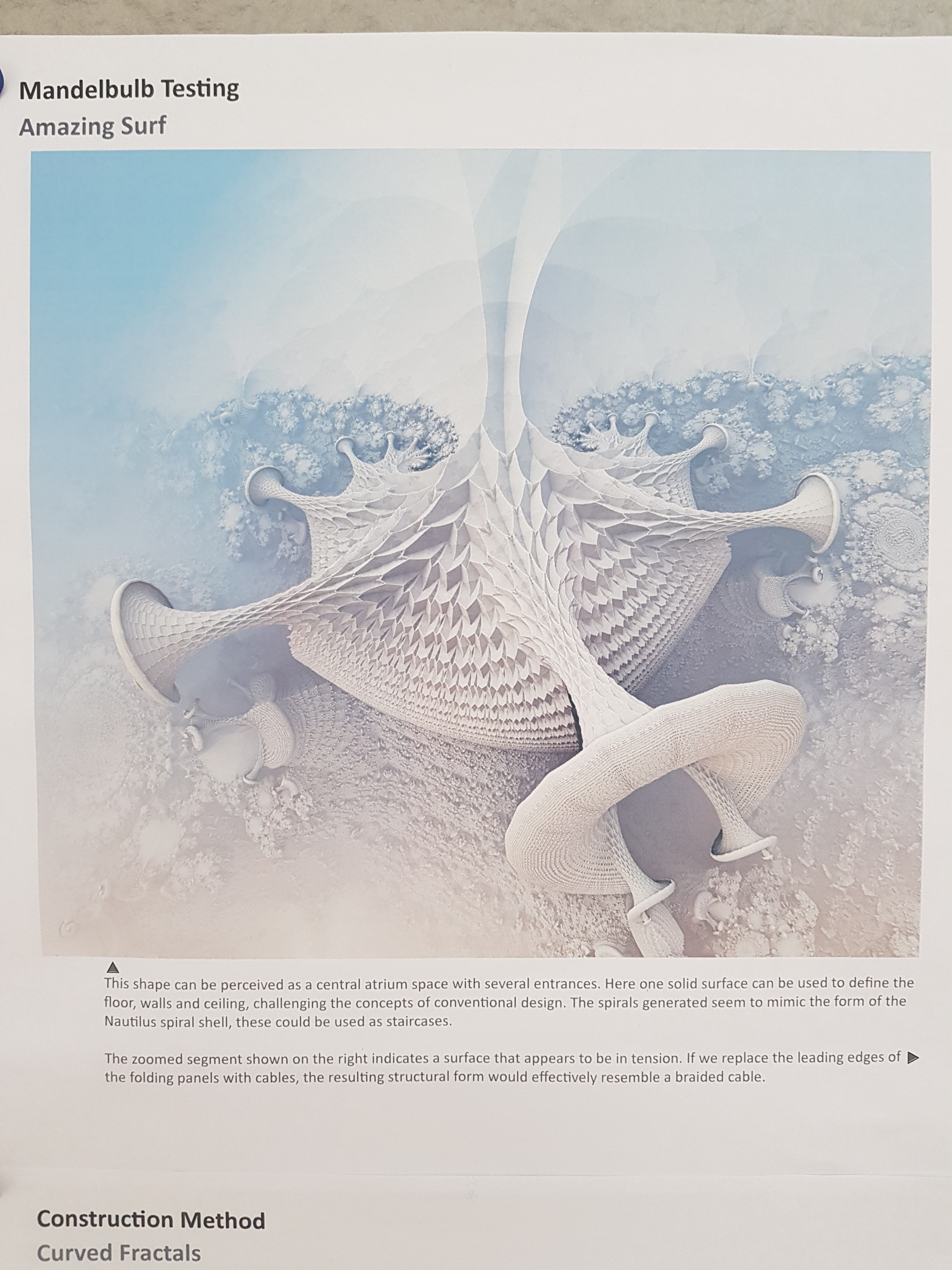
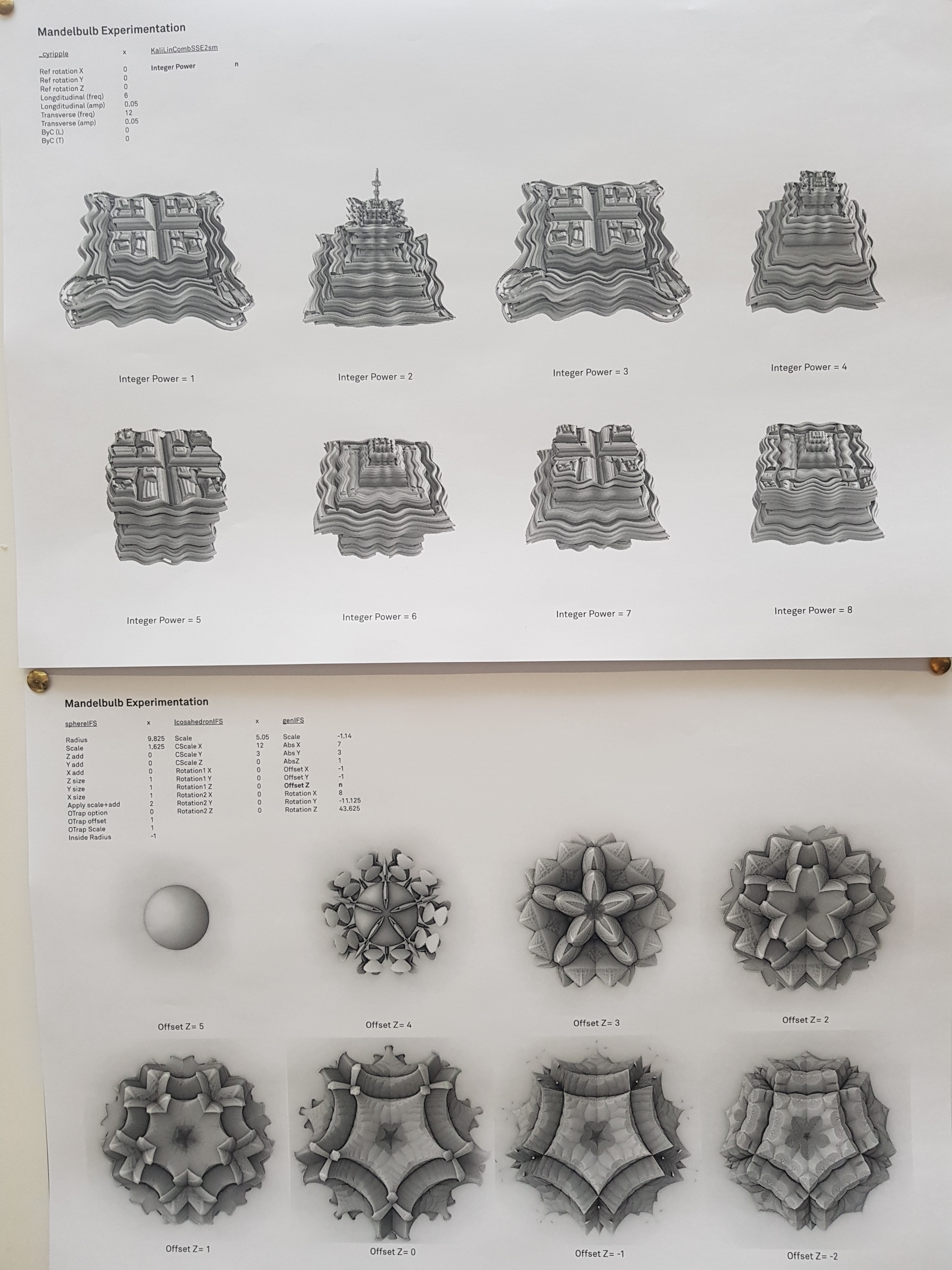
It has almost been already a year that Toby and I started tutoring DS10 at Westminster. One of our main ambitions was to link physical and digital experiments so that one feeds the other.
Physical reality is much more than surfaces on a screen therefore students created complex parametric models working as systems linked to many forces (gravity, environment, structure…etc…) and not just finished objects. These very precise digital models allow students to implement what they learn from their physical models, to simulate even more design options and further understand the rules behind them.
To do so, they used Grasshopper and its numerous plugins provided by generous developers. Grasshopper is a graphical algorithm editor integrated with Rhinoceros 3D modelling tool and a 18,000 strong community exchanging ideas and helping each other on the Grasshopper3d.com forum.
Below are most of the printscreens that I used to help the students with their journey into parametric modelling which is based on help that I also received previously. I hope that this will help others to design amazing things! If you have any questions on one of the images, please do not hesitate to ask.
Below is my favourite image: packing balloons on a surface using Kangaroo (with Emma Whitehead)